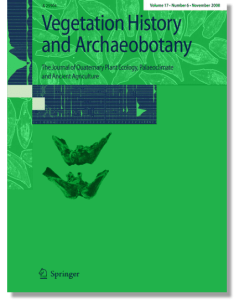The 20th Conference of the IWGP in 2025 will take place in Groningen

The International Work Group for Palaeoethnobotany welcomes you !
“Palaeoethnobotany (ca. synonym: archaeobotany) is the part of environmental archaeology which concerns the study of plant remains (mainly macroremains like seeds and wood, but also microremains like pollen) preserved on, or in association with, archaeological sites.
Archaeobotany is mainly concerned with the activities carried out by past populations, of which by far the most important one is subsistence. This means: what food people ate, how they obtained it, and how and where they stored and processed it once it had been collected. Archaeobotanists, however, also look at trade, construction materials and aspects of rituals. In addition, archaeobotany also provides information about past environments, especially anthropogenic ones like fields or grassland.”
For a detailed overview of our research topic, you may want to see the
Wikipedia page on palaeoethnobotany

Who are we?
The IWGP is the informal and decentral collective of all researchers working in the wide field of archaeobotany…
The Organisation
The Conferences
The first Conference took place in 1968. Since then, our conferences have been held in a regular triennial cycle without interruption…
The IWGP Committee
It is the IWGP’s only continuous institution, aiming for the further development of archaeobotany…
The Journal
Established in 1992, Vegetation History and Archaeobotany is the official publishing organ of the IWGP
Background image: Charred cultivated plant remains from Fuente Álamo (prov. Almería, Spain), Bronze Age El Argar culture © Hans-Peter Stika
